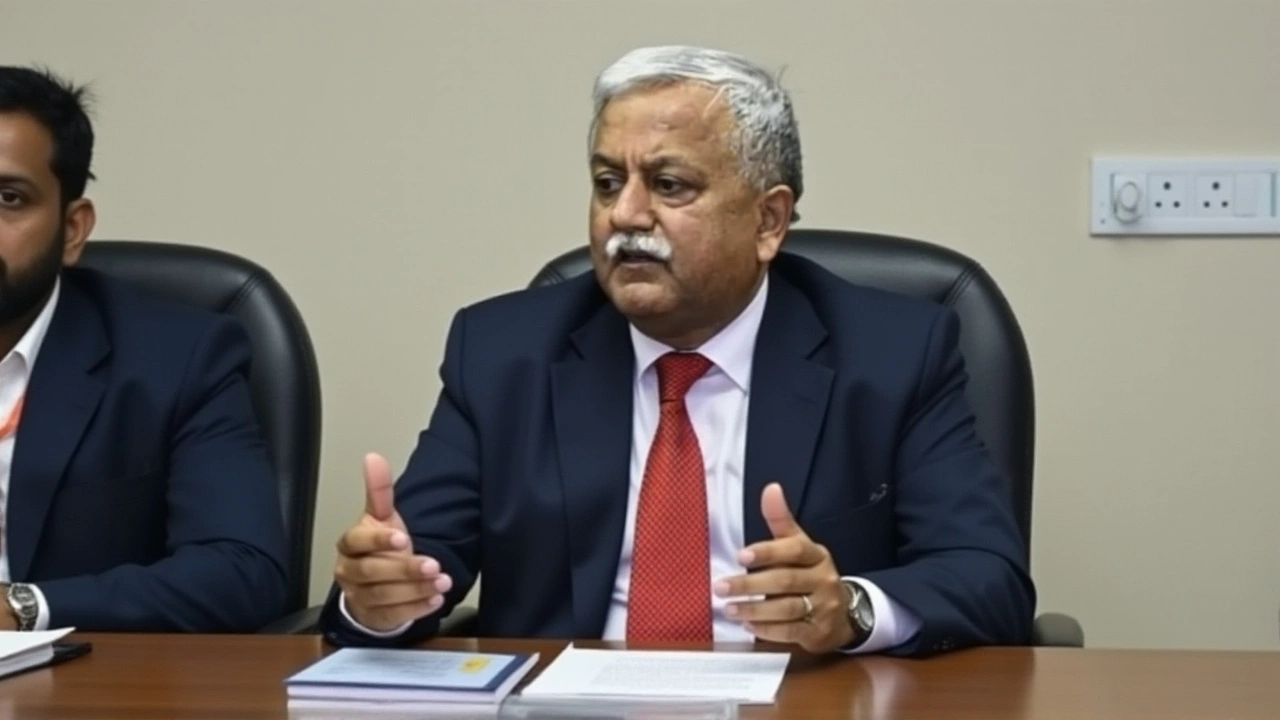Bureaucracy
When talking about Bureaucracy, the network of rules, paperwork and officials that keep a government running, most people picture long lines and endless forms. bureaucracy shows up in everything from getting a passport to paying property tax, and it shapes how quickly—or slowly—services reach citizens. It isn’t just a nuisance; it’s a structured system designed to enforce consistency, accountability, and fairness across public life. Understanding its basics helps you cut through red tape, anticipate delays, and make smarter choices when dealing with any public office.
Key Players That Keep the System Turning
Three closely tied concepts give bureaucracy its muscle. First, the Legal System, the set of courts, statutes and enforcement agencies that interpret and apply laws relies on bureaucratic procedures to file cases, issue permits, and enforce judgments. When a court order is issued, clerks must process paperwork, schedule hearings, and record decisions—all classic bureaucratic steps. Second, Government Administration, the body of elected officials and civil servants who design policies and manage public resources creates the rules that bureaucrats follow, from zoning regulations to tax codes. A new housing policy, for example, triggers a cascade of forms for developers, land records, and environmental clearances. Third, the Regulatory Process, the sequence of reviews, approvals and compliance checks required for businesses and individuals is the engine that turns policy into action. Whether you’re applying for a construction permit in Italy or contesting a traffic fine in India, you’re stepping into this regulated flow.
These entities interlock in simple ways: Bureaucracy encompasses the regulatory process, the legal system requires bureaucratic procedures, and government administration influences how bureaucracy evolves. That web explains why a delayed visa can feel like a personal catastrophe while the same delay is merely a checkpoint in a larger compliance chain. It also clarifies why stories about “Italian bureaucracy” or “legal red tape in a hit‑and‑run case” share a common thread—each reflects how formal rules interact with everyday needs. If you’re curious about how these dynamics play out in real life, the articles below dive into everything from the challenges Indian expatriates face with foreign paperwork to the nitty‑gritty of high‑profile legal battles. You’ll see concrete examples of bureaucracy in action, learn shortcuts that seasoned professionals use, and get a clearer picture of why the system works the way it does. Ready to explore? Scroll down and discover how bureaucracy shapes the stories you read every day.

Bureaucratic Transfers Spotlight: Khemka, Nagpal, Kasani & Awasthi in the Crosshairs
A Khabargaon report reveals how IAS officers like Ashok Khemka and Durga Shakti Nagpal face frequent transfers after clashing with politicians, exposing systemic abuse of bureaucratic power.
News & Politics



